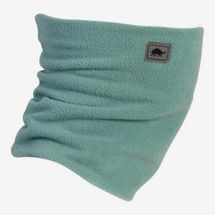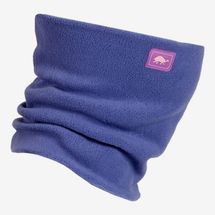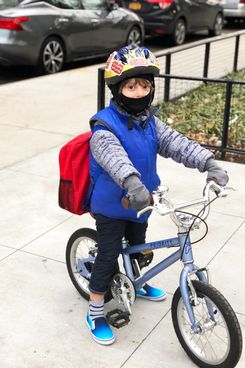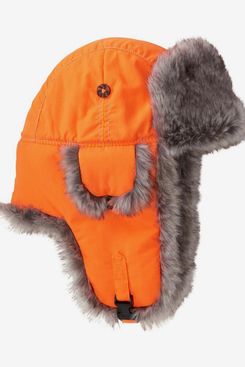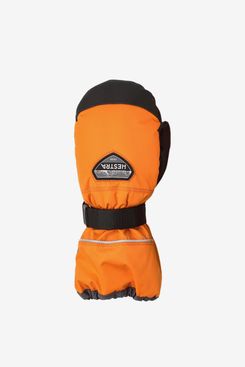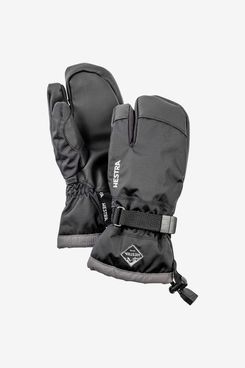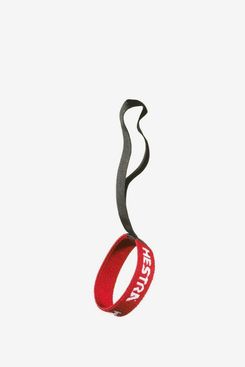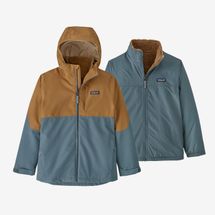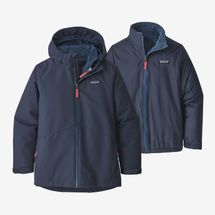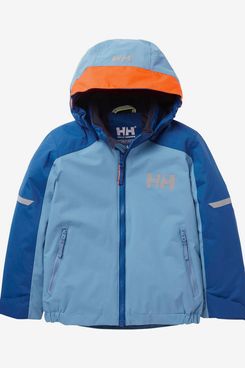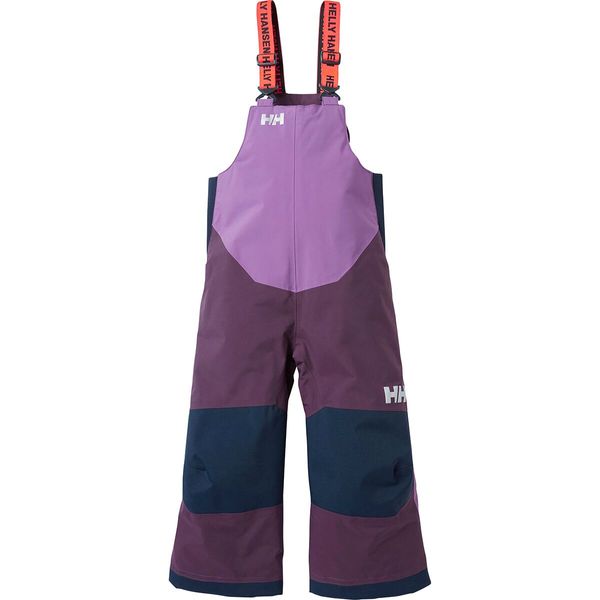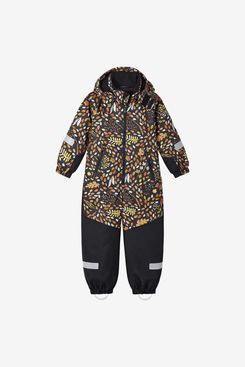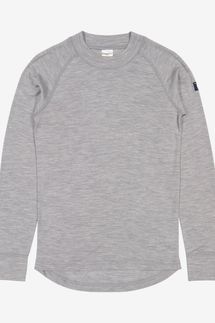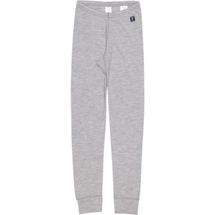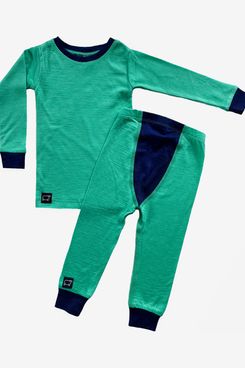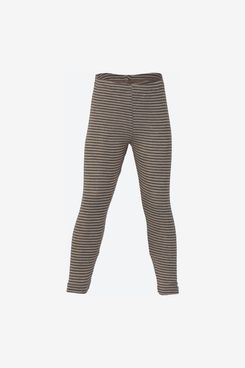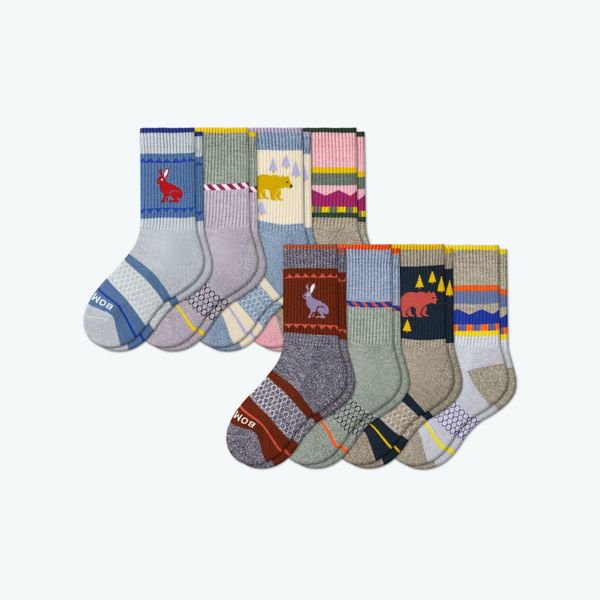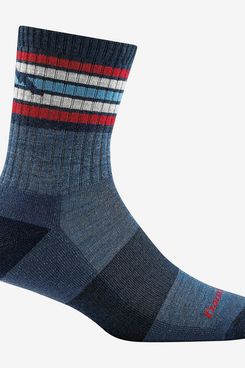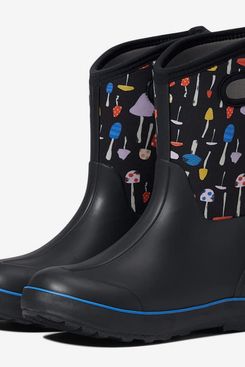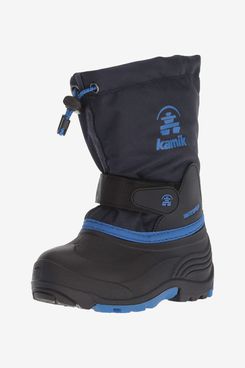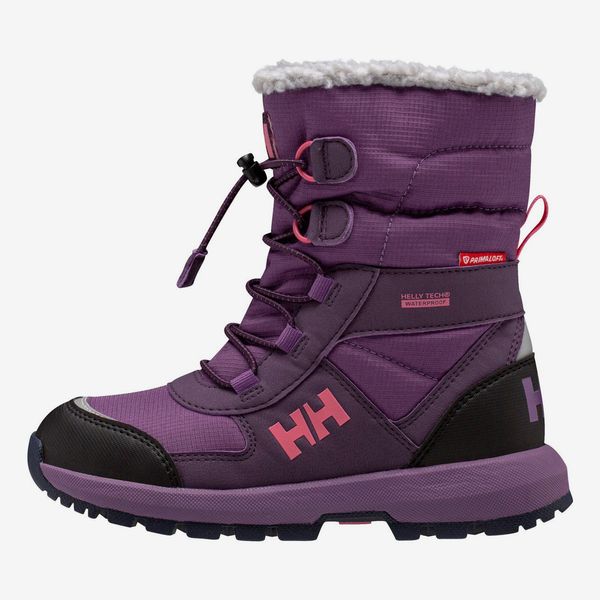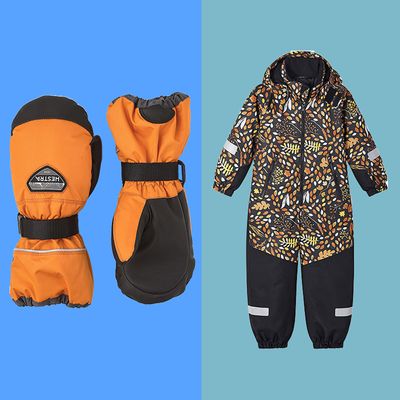
Jump to section
With cold-weather season upon us, it’s often easy to opt to stay indoors, especially with the effort of getting kids into bulky winter gear. But I’ve found that by embracing the Scandinavian mantra, “There’s no such thing as bad weather, only bad clothes,” and investing in a combination of layers made from quality natural fibers and waterproof exteriors, my kids spend less time complaining about the temperature, and more time immersed — or at least willing to go — outdoors.
The experts we talked to recommended a mix of domestic and Scandinavian brands for head-to-toe winter gear, which tend to favor wool over cotton. “Wool is key,” says Fredrik Maroe, a father of two and a native of Stavanger, Norway. “Even a thin layer of wool will keep you warmer than a thick cotton fabric, and wool is naturally moisture wicking, not moisture absorbing like cotton. There are modern synthetic materials that mimic wool and work well, but going for wool is always a safe bet.” Secondly, make sure to seek out truly waterproof gear: Maroe looks for jackets, pants, gloves, and shoes made from actual waterproof materials like Gore-Tex.
Whether your child is spending hours outdoors or commuting to and from school on a frigid day, layering also helps them adapt to the range of temperatures they’ll find themselves in without freezing or overheating.
These sentiments around natural fibers, layering, and waterproof wear were echoed by all the parents we talked to who are raising their kids in areas with long, cold, and inclement winters, from Newfoundland to Oslo, as well as by multiple nature educators and wilderness schools in the Hudson Valley and Maine. Here’s what they recommend for kids (toddler age and up) for success navigating the many variables of winter.
Hats, neckwear, and mittens
For keeping little ears warm, more than half of our experts recommended a merino wool balaclava as essential winter wear. “Balaclavas are great because they cover the head and neck, and also help to keep hats on the heads of fast-moving children!,” said Adrienne Hofmann, a nature-play facilitator, who co-directs an outdoor education program for children based in Whitefield, Maine, and spends many hours a day outside with kids all winter. Polarn O. Pyret makes a quality option, but our experts also recommended those made by Joha and Reima as well.
For extra cold days, Becca Brown, a mom of two in Burlington, Vermont, recommended adding a fleece Turtle Fur neck warmer, which comes in a wide range of colors and patterns.
Turtle Fur also makes the Shellaclava, a deluxe mashup of the neck warmer and a balaclava into a single cozy garment that keeps the whole neck and head insulated.
Another way to get extra protection against the elements is to add on a hat with ear flaps and a chin strap. This can go over the balaclava, or be worn standalone if that’s overkill. Brown recommends the Mad Bomber Faux Fur Hat, while Hofmann recommends the Reima Tuike Fleece Fur Lined Trapper Hat, which is made of a reflective fabric.
When it comes to keeping those digits warm, mittens are king. “I do not recommend gloves at all; keeping the fingers together promotes warmth for the whole hand,” said Hofmann. Look for mittens that extend over the cuffs of a coat to create a seamless barrier around the wrist, keeping the cold air and snow out. Hestra’s mittens are the most durable, waterproof, and warm, according to our experts, who love the Junior Mitten for smaller kids.
For those who want more hand control, our experts suggest the CZone 3-Finger.
“I also highly recommend getting handcuff attachments that ensure your kid never loses their gloves,” said Maroe, because once you invest in stuff your kids love and truly keep them warm, you’d be remiss to let it go missing.
Winter jackets and snowsuits
On top, having an outer layer that’s water- and windproof is essential. While down jackets are warm when it’s dry, having an outer shell — even an uninsulated raincoat — over warmer under layers will keep your kid more snug on those chilly days with precipitation. Brown recommends the Patagonia four-in-one coat to tough out Vermont winters, which can be worn in multiple permutations depending on the temps. “The liner zips out for a lighter jacket and the outer shell works as a raincoat,” she said, making it a multi-season jacket. Patagonia also offers a recycling and repair program, Worn Wear, where you can send in — and shop for — good condition used garments.
For those who are looking for a warm, waterproof jacket that does duty as daily wear, Maroe recommends the Helly Hansen ski jacket for its overall versatility, warmth, and look. Didrikson’s Lux Kids’ Jacket is another great option, offering protection without too much bulk, as well as a yoke and hood that add an extra buffer around the head.
These bibs are a worthy investment for snowy days, whether your kid is sledding, skiing, or out building a snow-person. “These are amazing — super waterproof and super tough in the knees,” said Eliza Curtis, a mom of two based out of St. John’s, Newfoundland. “The suspenders are soft elastic and my kid loves the fluorescent pop.” The sides of the snow pants are also elasticized, and they offer an extendable leg feature to grow alongside your little one.
For those who prefer a single coverall, Raquel Santos, mom to a 4-year-old in Oslo, Norway, recommends the suits from the Finnish brand Reima for their adjustable details, fun patterns, and longevity. “They’re a great investment as you can pass them down several times after the first kid,” Santos noted, and made of a quality that can “endure many cold adventures.” The suits are also cut to be roomy and allow for layering underneath.
Base layers
Base layers, a fancy name for long underwear, are an essential underlayer for spending longer hours outdoors. Like other cold-weather wear, these should be made of wool or a wool blend. Swedish brand Polarn O. Pyret offers thermal layers in a variety of weights. Our experts recommended the merino wool top and leggings, which can be purchased as separates.
If your child prefers more playful colors, Hofmann recommends Wee Woolies, which makes quality mid-weight merino base layers in jewel-toned contrasting colors. Like Polarn O. Pyret’s merino separates, these can withstand very hard wear, wick moisture off the skin, and need infrequent washing, since wool is naturally odor- and stain-resistant, and can double as pajamas.
Silk is another great option for a soft and lightweight layer that kids often prefer because it feels softer to the skin. Curtis recommends the German-brand Engel’s bottoms, which are a combination of mulberry silk and virgin merino wool. Like the fully merino options above, these are light and warm but hard-wearing, and will keep your kid snug all season.
Socks
All of our experts recommended warming your kids’ feet with merino wool socks, and the taller the better. Maroe recommends Bombas’ calf-height eight-pack with fun designs, which is great for mixing and matching. The wool is mixed with a blend of polyester and spandex, so the socks grip the feet for a comfortable and snug fit. And, while it might sound counterintuitive, these aren’t just for winter: Merino is effective at wicking off sweat, making these a great year-round option.
Darn Tough’s midweight socks — both the Micro Crew Hiking socks for everyday, and the taller over-the-calf style for wearing under snow boots — are durable, warm, and come in a variety of thicknesses. “They are super comfy, warm, have fun designs and aren’t too bulky,’ said Brown. David Brownstein, the Executive Director of Wild Earth, a wilderness school in High Falls, NY, loves the company’s “unconditional lifetime guarantee,” noting “they really could be the last pair of socks you purchase.”
Snow boots
Bogs Classic II boots are year-round favorites for keeping little feet warm and dry, and double as rain and snow boots. “My personal preference are insulated rain boots with toe warmers and wool socks. They are much easier to take on and off for kiddos, last through both seasons, and are rated to -30°F/-34°C,” said Hofmann. They also come in a wide range of patterns, whether your kids are into mushrooms or unicorns.
This Kamik pair is a more minimal-looking alternative that Lainie Holmes, a mom of three in Northern Ontario, recommends. They’re “incredibly lightweight, toasty warm, and provide a lot of flex around the ankle,” offering kids a better range of motion in the snow. “The elastic drawstring at the top keeps the snow out, and the velcro around the ankle can be adjusted to what feels comfortable.”
For slippery conditions, Maroe recommends Helly Hansen’sy Silverton boots, which are fully waterproof and insulated, while offering a more rugged sole. The bottoms also make these a versatile choice that can be used for both daily wear and winter hiking.
The Strategist is designed to surface the most useful, expert recommendations for things to buy across the vast e-commerce landscape. Some of our latest conquests include the best acne treatments, rolling luggage, pillows for side sleepers, natural anxiety remedies, and bath towels. We update links when possible, but note that deals can expire and all prices are subject to change.

